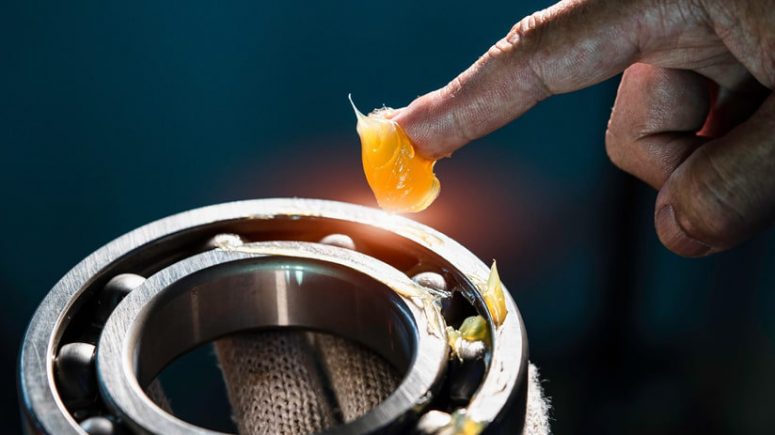
Courtesy Shutterstock
This is a sample lesson from my new employee training company, Power Space.
Admitting that you’re stuck is a hard thing to do. Asking for help is even harder, especially for the more prideful souls among us, of which there is no shortage. On top of that, many of us refrain from asking for help because we think doing so is imposing or causes unwanted work for others.
Nothing could be further from the truth. While it’s true that asking for help sometimes creates more work for others, we do not get to decide what is unwelcome work for others. Predicting or telling ourselves that is an unhelpful projection. That may be true some of the time, but research shows that humans are usually willing to help. As social creatures, it’s in our DNA and has been for tens of thousands of years.
But to get the help we need, either personally or professionally, we must ask. We must speak up. No one else will do that for us and, in fact, it’s no one else’s job except ours alone. Waiting for someone else to ask on our behalf is not only unfair, it prolongs our frustration, delays fulfillment, and saps motivation. Continue reading…

Hey, SUPER COVER fans.
My band is excited to play an all-new, 80’s-filled, rocking setlist this Saturday, June 26, 7:30 PM at Platinum Music in Provo. We’ll be covering The Clash, Duran Duran, Billy Idol, The Cure, Hall & Oates, Tears for Fears, Springsteen, and more, plus a few contemporary dance-rock surprises. Kids welcome—this is an all-ages show.
To help make it our biggest performance to date, would you please share the below posters with everyone you know?
Thanks and see you Saturday. 🤘
PS—Watch our last show here.
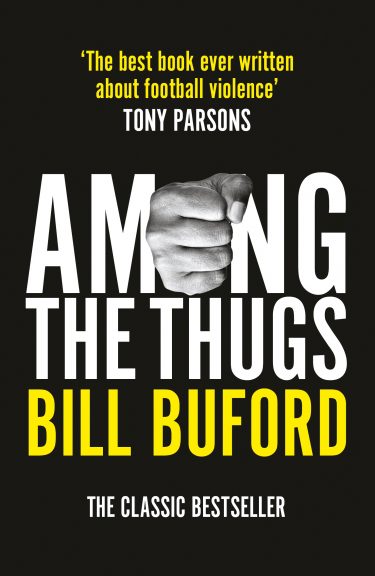 Sometimes I read something by someone that’s so brilliantly written, it makes me doubt my status as a professional writer. Bill Buford is one of those writers.
Sometimes I read something by someone that’s so brilliantly written, it makes me doubt my status as a professional writer. Bill Buford is one of those writers.
For years I’ve wanted to read his first book, Among The Thugs, published in 1990 about violent English soccer fans, but it was out of print or not in ebook form until I last checked this month. After securing a copy, I devoured the book in two days.
One critic describes it as “A grotesque, horrifying, repellant, and gorgeous book; A Clockwork Orange come to life.” I enthusiastically agree.
During the early chapters, I laughed out loud twice. By the middle chapters, I felt complicit if not guilty for reading such eyewitness horrors. I admired Buford’s honesty and vulnerability, both as a writer and journalist. As the New York Times noted in its review of the book, “Buford pushes the possibilities of participatory journalism to a disturbing degree.”
That’s because each of us become who we associate with. And after studying and associating with weekend thugs for eight years, Buford admittedly got close to becoming one. In that way, Among The thugs is an uncomfortable but important work on group think, violence as a symptom, and what can happen in overly proper societies when the root cause of problems are rarely addressed.
Five stars out of five, although it dashed my spirits for a couple of afternoons. These were my favorite passages: Continue reading…

My latest for Lonely Planet:
“With five fabulous national parks, roads that encircle mountains and navigate red-rock deserts, and miles of slopes for skiing and hiking, Utah is an outdoor playground. For families, it’s one of the best destinations for exploring only-in-Utah natural wonders. Whether you’re looking to dip your toe into a canyon river or hike to a remote stone arch, these top experiences are perfect for families.” Continue reading…
Google Forms quiz here.
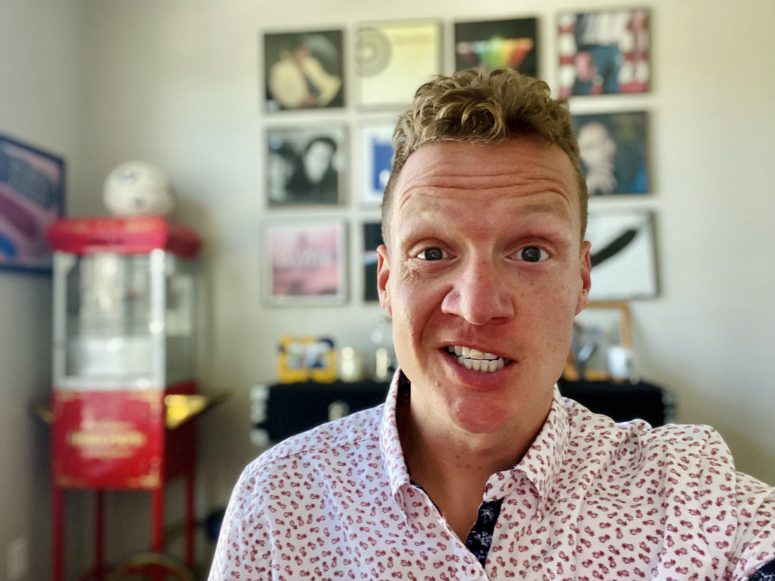
My latest for Orbitz: “Depending on the trip, travel can be easy, hard, or somewhere in between. But it’s rarely (if ever) one of the below. Here are some of the most popular and enduring beliefs that do more harm than good when it comes to planning, navigating, and enjoying both domestic and international travel.” Continue reading…
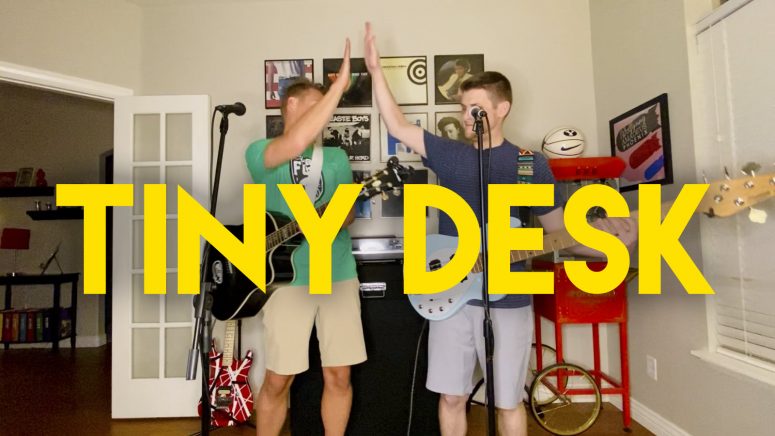
My bassist and good friend Austin Birchett and I submitted one of my songs to the 2021 Tiny Desk Contest. You can see our entry here. Thanks for watching.

My latest for Orbitz: “Caves are figuratively and literally cool. As natural voids below the surface, caves offer a chilly refuge on hot days, and a place to marvel at unique rock formations and ancient stalagtites. National Cave Week, June 6-12, celebrates these natural wonders. In the spirit of spelunking, these are the greatest caves in America.” Continue reading…
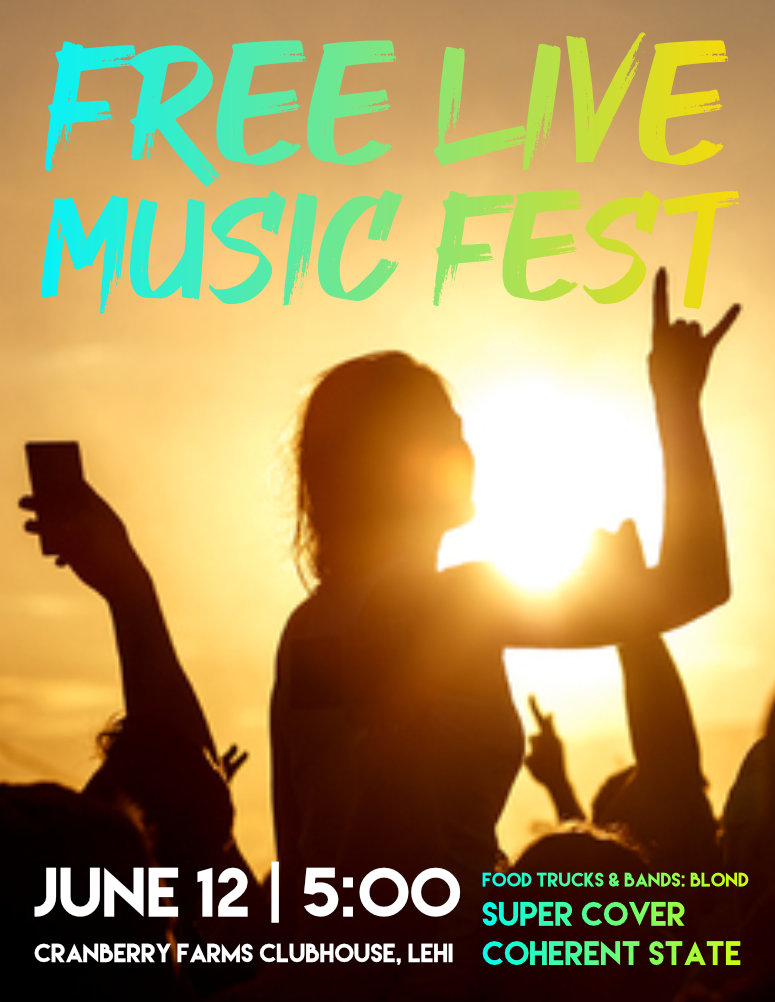
My band Super Cover is playing a free, live outdoor music fest on June 12, 5:00 PM, at the Cranberry Farms Clubhouse in Lehi. There will be food trucks, free prizes, games for kids, and three rocking bands. Show starts at 5:00. We go on at 6:00. See our last concert here.
Please bring your family and friends. It’s gonna be an awesome night. 🤘
PS—If you can’t make this performance, please join us for our 80’s only show on June 26, 7:30 at Platinum Music in Provo.

Before his death last year, respected businessman Tony Hsieh once defined success as “being okay with losing everything you have.” He died a single man a few years later at 46 as a multimillionaire and pioneer of online shoe sales.
I’ve recently pondered his definition. I like and mostly agree with it. But I would not be okay losing my wife and children. I would be devastated. I suppose I could come to accept it in time and try the best I could to move on. But it sure would break me for a long time.
As a writer, I would not be okay losing my hands or voice, which would prevent me from typing or dictating my thoughts. But I’d like to think I would be capable of reinventing myself and using my inquisitive talents in other ways.
Perhaps that’s what Hsieh meant by success. A living person that is capable of finding new meaning and contributing in new ways at any point of their life.
But I believe success can and should be so much more than that. If anything I would hope that when I’m gone, the world is a slightly better place, at least in my little village.
What do you think, kind reader?

Courtesy Shutterstock
Working long hours is killing hundreds of thousands of people a year, according to the World Health Organization.
In a new study, researchers found that people working 55 hours or more a week are 35% more likely to suffer a stroke and 17% more likely to die of heart disease compared to people putting in 35 to 40 hours a week. That amounts to about 750,000 people a year across the world — and that was before the pandemic hit and rejiggered work-life balance struggles.
The evidence keeps mounting.

Lady Bird by Universal Pictures
I would never ask someone all of these questions, but I regularly reach for a handful of them when meeting new people and talking with my family over the holidays.
- What are you excited about? (This is my all-time favorite icebreaker because it instantly tells you if that person is interesting or not.)
- What do you like better: waking up in the morning or going to bed at night?
- What would you do if you had a million dollars?
- What is a weird habit that you have?
- Would you rather go without television or junk food for the rest of your life?
- Where is the most interesting place you have ever been to?
- Do you believe in extraterrestrials or life on other planets?
- What does a perfect day look like to you?
- What was it like growing up where you did?
- Is the world a better or worse place than it was 10 years ago? Will it get better in the next 10?
- What are your top three all-time favorite movies?
- In what ways are you different from your parents? How are you the same?
- What are three things you have that your parents didn’t have when they were growing up?
- What is the most useful thing you own?
- What do you think of tattoos?
- What is something popular that annoys you?
- What is a controversial opinion that you have?
- Which is more important: a great house or car?
- What is your guilty pleasure?
- What is the most overrated movie?
- Which is better: movie or books?
- What’s your favorite season?
- What was the last book you read?
- What’s the best place you’ve ever traveled to?
- How has technology changed music?
- What is the best thing about being a kid/adult?
- Who is your favorite extended family member and why?
- Which is better: buying experiences or things?
- Is the world a mostly safe or mostly dangerous place?
- What was the best part of your day?
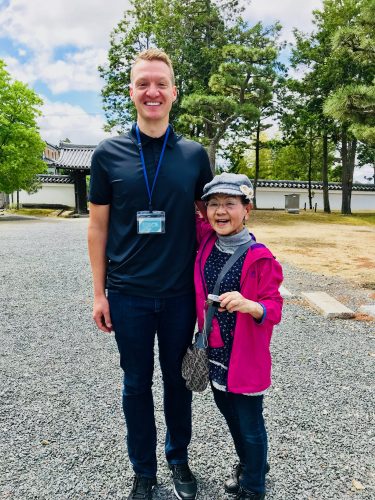
Me standing tall in Kyoto
Before pandemic closed international borders and decimated airline routes, I held the ridiculous job of getting paid to travel the world. I’d jetset to far-flung places (often with my family) and then write a review of what I liked most about the place, people, attractions, and/or food.
It was unreal.
Although I plan on taking up that job again, for now I can only dream. And when I look back on the dozens of places I’ve had the privilege of visiting, these are the ones I’ll return to in a heartbeat—one for every inhabited continent.
When daydreaming or adding places to your bucket list, few countries are more lovable than these:
Japan (Asia). Half of the food is amazing. The other half is gross. But the people are 100% adorable. And their contradictory culture is mesmerizing—everything from their language, customs, formality, architecture, tradition, and scenery. BONUS points for being one of the safest and cleanest countries on Earth—a place where kindergartners freely roam downtown late into the night, it’s so safe.
Continue reading…

Someone recently asked what kind of car I drive. “A discontinued Dodge Journey,” I replied with zero pretense.
My particular model is a 2011—a decade old. My wife and I bought it used when the odometer read 20,000 miles. It now has 130,000 on it, the most I’ve ever logged on a vehicle.
I still love my car and hope to drive it for at least a few more years. Here’s why: Continue reading…
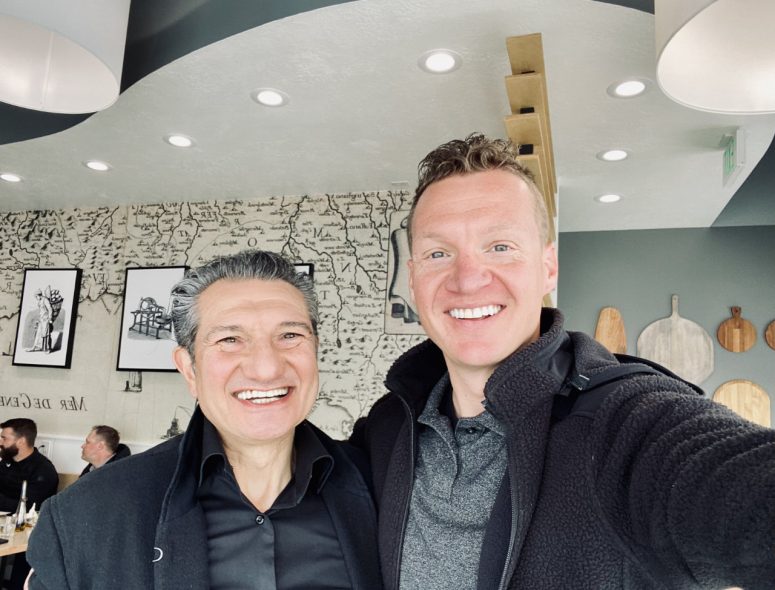
My friend Tommaso and I after eating fresh pasta
Since much of the world is still partially closed or weird, I’ve taken a lot of comfort over the last year in the “simple things.” By that I mean everyday common things that are perpetually satisfying.
For example, here are 10 in particular that are paramount to me: Continue reading…

Facing your fears is never easy. It doesn’t get easier with age.
My wife and I were talking about facing our fears recently with our daughter Sadie. She runs on the track team but it makes her nervous, as any track athlete well knows. We complimented her for running, which is a painful event at the speeds track runs.
Quick backstory: Sadie finished second in the state of Utah while running the mile in grade school. Nevertheless, she was so scared she’d finish last in her first high school meet, that she didn’t even register for the mile. She chose sprints instead and got blown away. That’s what happens when distance runners run sprints.
Anyways, her mother and I encouraged her to run the mile, 400, and 800 next time. She accepted the challenge (we didn’t force her), and she registered for all three events at her next meet. She was visibly nervous for the full week leading up to the big day. Continue reading…
 This is a great read by American Prospect on the decline of middle-class musicians who can no longer make a living.
This is a great read by American Prospect on the decline of middle-class musicians who can no longer make a living.
From the article: “Spotify also pays out absurdly low per-stream rates, though not as bad as YouTube. ‘Last year, the COVID year, Galaxie 500 had 8.5 million streams on Spotify,’ Damon Krukowski explained. ‘We also released a 2,000-copy, limited-edition LP. They raised the same amount of money. Neither is enough to live on.’ Krukowski calculated that to earn the equivalent of a $15-an-hour living wage, a band would have to get 650,000 streams per month per band member.”
This is sad news without a clear remedy.

In his famous book, Exit, Voice and Loyalty, Albert Hirschman boiled the choices a citizen had for influencing a larger organization into three broad categories. Exit (one could leave if one wasn’t satisfied), Voice (one could try to change the organization by speaking out, and Loyalty (one could go along with the organization as it was, and expect some reciprocity for their commitment).
A key challenge for fighting neighborhood decline, and overcoming concentrated poverty is building a credible expectation on the part of neighborhood residents that things are going to change, and change for the better. Building hope is needed to reinforce loyalty and minimize exit, reports City Observatory.
Strong Towns adds the following: “If you let the naysayers overwhelm your community, then they’ll be right; nothing will change. But just as the negative attitudes can pile on top of one another and grow exponentially into a massive weight that begins to drown your city, so, too, can positive actions pile on top of one another and buoy your town toward a better future.
“If you look closely, you’ll see that there are already people around you who are starting to take those actions. It might be your neighbor down the block who carefully tends her front garden each spring. It might be the hardware store owner who says hello to people as they pass by. It might be the mom who picks up trash with her kids as she walks them to school in the mornings.
“Let these people inspire you and start taking your own steps to shine a positive light on your neighborhood. Then join with your neighbors, tell them their efforts matter, and be part of building the future of your community together. Don’t let the psychology of decline be the death of your neighborhood.”

Courtesy Lindsey Snow
I’m about to try eyeliner for the first time in my entire life this week. Let that sink in for a moment.
Me, a middle-aged, married, father of five, and full-time writer from in suburbia is about to apply smokey, rock star, “guy liner” in an effort to boost my stage presence this Friday, which by the way, I don’t get paid for.
Why am I doing this? Because I love music. I love listening to it, creating it, playing it, and performing it. More specifically, I love Super Cover, the “new wave, dance rock” cover band I co-founded in quarantine, and which I’ve sung in almost every week for the last year.
Because of this band, I’ve thought more about what makes a song dance or strut than I ever thought possible. I’ve agonized over setlists. I bought a sequin shirt on Amazon. I’ve invested more in musical gear than ever before. I borderline obsess over it.
Last week, I woke up in the middle of the night with the following thought: “We’ve never played a show outside before like we will next week. What are we going to do to make sure it sounds good?” I couldn’t go back to sleep until researching outdoor sound tips for two hours.
While I’ve played in a half dozen bands before, all of which were in high school and college, Super Cover is different. Here’s why: Continue reading…
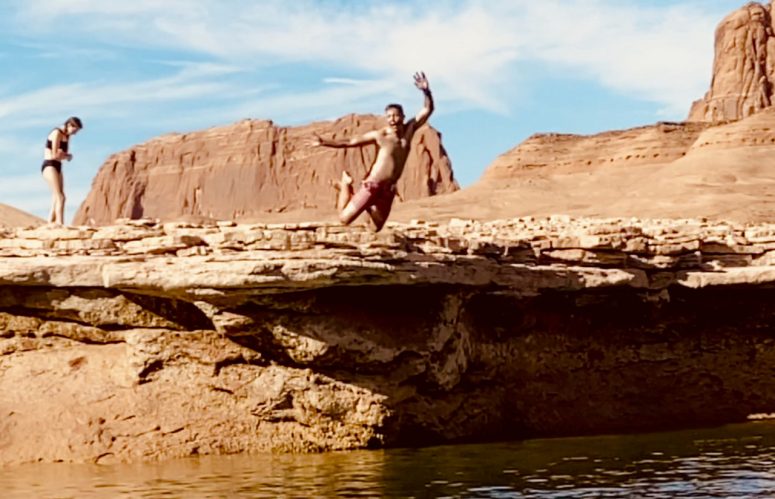
Courtesy Lindsey Snow
My latest for Travelocity: “Utah is well-known for its skiing, hiking, red rock, and welcoming residents. If you’ve already visited or are planning your first trip, consider the following statewide classics before finalizing your itinerary. While the below includes several city-based attractions, Utah is disproportionately known for its great outdoors, so plan on enjoying a few urban delights, as well as plenty of magnificent natural ones.” Continue reading…
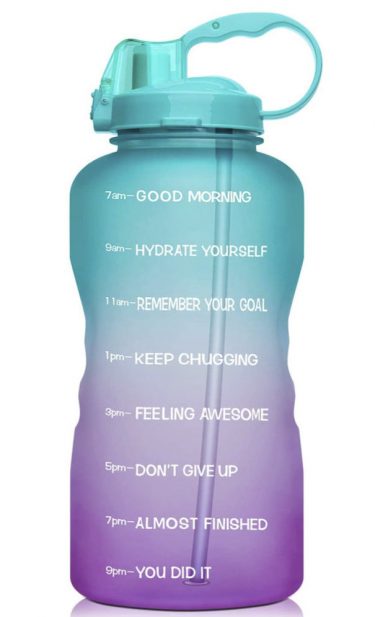 In January, my wife bought this trendy gallon water bottle and has finished it nearly everyday since. Not to be outdone, I decided to join her in the daily gallon water challenge.
In January, my wife bought this trendy gallon water bottle and has finished it nearly everyday since. Not to be outdone, I decided to join her in the daily gallon water challenge.
Before this, I was already drinking a lot more water than most—around 11 cups a day (or 2/3 a gallon) over the last several years. At 6’1″ and 200 pounds, this amount felt great. But I wondered what five more cups per day might do for me.
Turns out a lot. I’ve lost a little weight, satiated my appetite more than usual, am never thirsty, and my skin feels even better in the cold desert of Utah where I live. I’ve also peed a lot more than usual, but that’s a minor annoyance that’s well worth the trade-off.
Pro tip: To avoid waking at night to urinate, I finish my gallon by 2pm in the afternoon and don’t drink anything after that. The more you know!
 Many thanks to Martin Rowe at EE World for reviewing my newest book, Measuring History. With exception to thinking my Austin and Measurement chapters were too much background, I thought he provided a fair and recommended review.
Many thanks to Martin Rowe at EE World for reviewing my newest book, Measuring History. With exception to thinking my Austin and Measurement chapters were too much background, I thought he provided a fair and recommended review.
From the article: “Measuring History is neither a history of measurement nor a measurement of history, and yet it’s both. Blake Snow takes you through the early days of National Instruments through the 2019 induction of founders Dr. James Truchard and Jeff Kodosky into the Inventors Hall of Fame. Throughout the book, Snow focuses on LabVIEW and how engineers and scientists use the graphic programming language to test and control systems that make many products we use function better… I recommend the book if you’re looking for a quick and easy read.”
Thanks, Martin.

Bring your family!

My latest for Travelocity: “The Great Outdoors are scientifically proven to improve your family’s health and happiness. And when it comes to seeing some of the best of America, few regions are more compelling than the Mountain West states (for the record, that’s everything west of the Midwest except Washington, Oregon, and California). With so much to see, however, where should you turn your attention? If you can only visit one place in each of the eight Mountain West states, these should be at the top of your list.” Continue reading…
 Several years ago, Provo politicians proposed a bond bill to the community to update century-old city schools. The multi-million dollar bond widely passed because the majority of voters agreed with the included line items.
Several years ago, Provo politicians proposed a bond bill to the community to update century-old city schools. The multi-million dollar bond widely passed because the majority of voters agreed with the included line items.
The next year, the other half of the city wanted to update their schools. A second bond was proposed. Only this time, it asked for 40% more money for the same number of schools. Something was fishy. The numbers didn’t add up, despite politicians saying “lumber had gone up.” The community knew it.
Despite manipulative attempts through signs and public speeches that a “vote for yes is a vote for children,” city voters blocked the second bill’s passage. The next year, a revised bond was proposed with much lower costs and tomfoolery. So the community voted in favor of the revised second bond—a vote for both children and honest pricing.
I was proud of my city that day, but only after first telling our local politicians “no.” As in business, if there’s something you don’t like in politics—be it at a local, state, federal, or global level—vote no. And never let melodramatic or manipulate language convince you that “no” means you don’t care about what’s being voted on.
It might actually mean that you care even more and want our politicians to propose even better legislation with the least amount of corruption.
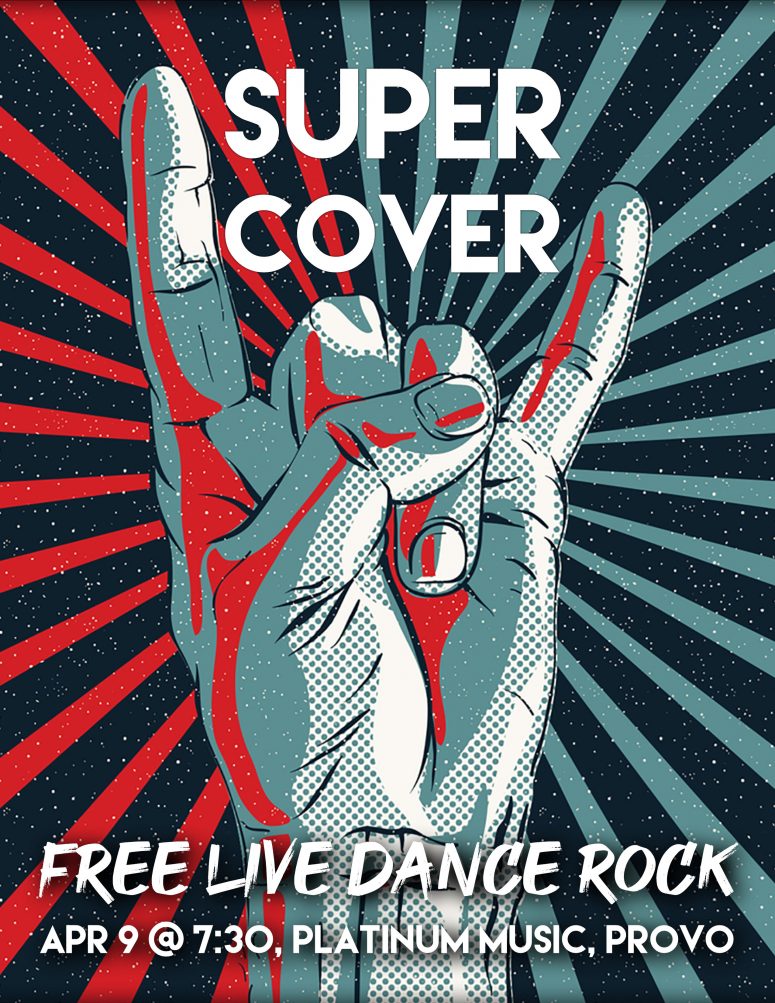

I first fell in love with grasslands while road tripping through the Black Hills several years ago. Someday I want to see these: Tallgrass Praire in northern Oklahoma: Continue reading…

This is an amazing long-read by The Ringer: “It’s a Cinderella story. Mike truly is Cinderella. The money Mike made was stupid money. But it didn’t happen to him overnight. He saw this and we were in it long before all this frenzy. But now he’s set for life.”
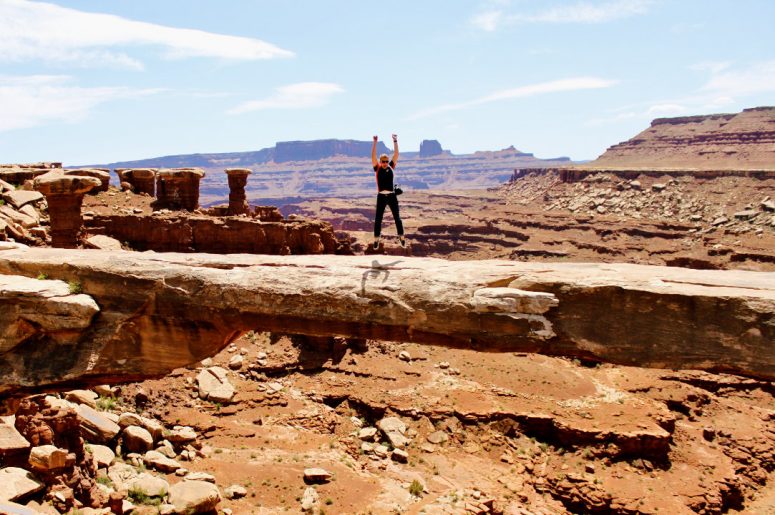
Several years ago, I talked with my wife about working Monday–Thursday only if I could hit my income goal. This was incredible motivation. So much so that I hit my target some 8 months later.
For the next 18 months, I didn’t work a single Friday. Maybe an emergency email here and there, but never more than a few minutes. I didn’t check my inbox, make a call—nothing. It was professional and personal bliss.
My wife and I went on dates, played hooky that day, and spent more time with our children during “early release” Fridays. It was awesome.
Sadly, I got complacent and my income dropped. So I started working Fridays again to build it back up in recent years. Continue reading…
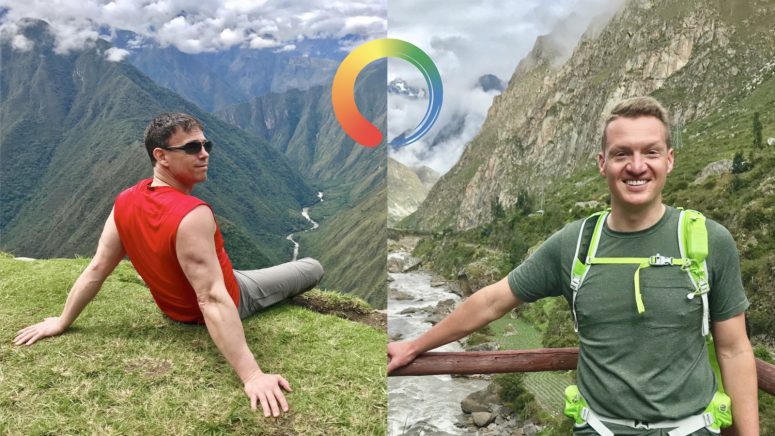
Last year in the middle of pandemic, my life-long friend, Wesley Lovvorn (pictured left) approached me (pictured right) about co-founding a company. I had been working from home for nearly two decades. He’d done so for almost a decade. Both of us had been self-help students for over 30 years. “Let’s combine the two and help the millions of employees now working from home,” he said.
After studying the market for several months, we discovered two things: 1) there wasn’t a dedicated company that did this, and 2) we possessed some promising experience, empathy, and research to make it happen. So we spent the next half year interviewing executives, speaking to mentors, developing the initial curriculum, branding ourselves as Power Space, and launching with two pilot customers last fall.
Since I come from a background as an explanatory writer-for-hire, I was dubbed “chief content officer” and tasked with producing the first year curriculum of 18 lessons. I also produce all of our marketing assets, such as press releases, content marketing, and websites that our outreach director (Hi, Abby!) then uses to spread the gospel. Since this is still a side hustle, I do all this in between my day job writing articles for Fortune 500 companies and fancy publications. Continue reading…

It’s wonderful to see pandemic world sprouting in more ways than one this spring. I’m not sure what the future holds, but it sure does feel like society turned a corner.
In my own village, here’s what I’m excited about right now: Continue reading…

Here’s my latest love letter published in Lonely Planet about the state I call home: “Utah is known around the globe for its five national parks, dubbed the “Mighty 5.” But some are better than others, depending on how you travel. Before booking your next adventure to red rock country, here’s what you need to know.” Continue reading…
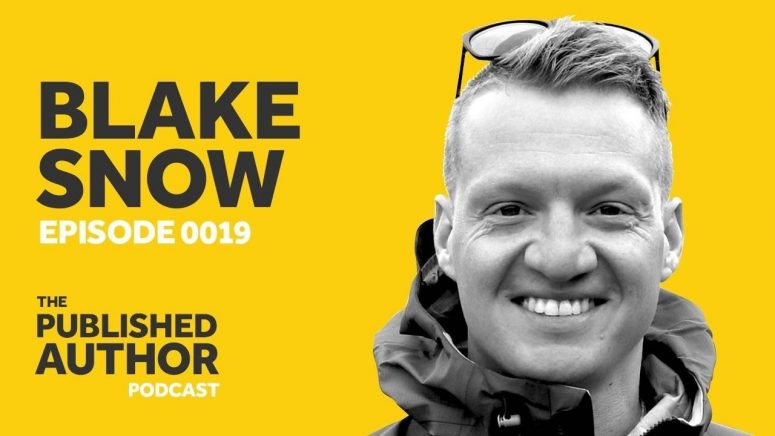
A good friend of mine recently launched a podcast that examines how authors get their books published. I spoke to him a few months ago, and here is my take on how I wrote and published my two books. Thanks for listening.

My latest for Travel Weekly: “Just as the U.S. was announcing mandatory Covid tests for border reentry this year, I arrived, family in tow, at a small, locally owned resort in the middle of Puerto Vallarta’s coastline. Deep discounts and easy access made Mexico, one of a dozen or so countries still open to Americans, an irresistible beach vacation escape, and although there were plentiful bargains among newer all-inclusives, I was intrigued by an older property called Las Palmas by the Sea.”
As you can hopefully tell after reading the full article, my family and I were enamored by this place. We stayed a full week. Although we usually like to travel to new places and properties for our next vacation, we hope to return to this little slice of paradise within the next year. I smile justing thinking about it. Kudos to both Las Palmas by the Sea and Vallarta Transportation for getting my family to and the airport in comfort and on time. Viva Vallarta!
Continue reading…

NEWS FROM MY LATEST SIDE HUSTLE: Last year in the middle of pandemic, my life-long friend approached me about co-founding a company. I had been working from home for nearly two decades. He’d done so for almost a decade. Both of us had been self-help students for over 30 years. “Let’s combine the two and help the millions of employees now working from home,” he said.
After studying the market for several months, we discovered two things: 1) there wasn’t an existing company that did this, and 2) we possessed some promising experience, empathy, and research to make it happen. So we spent the next half year interviewing executives, developing the initial curriculum, getting our ducks in a row, and launching with two pilot customers last fall.
This year, we fully launched as Power Space and have been gaining momentum ever since. Here are three things we’ve learned so far.
- Employees are stuck in limbo. While many employees are thrilled to be working from home, a sizable majority are struggling, according to every major metric on employee health. Yes, these employees have adapted to this new reality and proven the productivity of working remotely, but they’re far from reaching their potential in this new isolated state while still figuring out the rules.
- Companies are scrambling to keep up. How do you transition from central headquarters to dispersed home offices overnight? You don’t. This takes time. While HR departments have been working hard to help with the transition, they come from a very different background and need assistance with the transition and ongoing training required to make the most of remote work environments.
- Aggressive pricing is required in recession. While we believe there’s significant value in the training we’ve created, we also believe that every remote employee and cash-strapped employer deserves an affordable training option. That’s why we’ve launched our training program starting at $1 per year per employee. That jumps to $3 per employee if we deliver the lessons for our customers (our most popular option), and $5 per employee if lesson personalizations are needed to fit your unique policies.
If you or someone you know is in HR and is struggling to help your employees transition to remote work (or in getting the most from this promising but isolating environment), I hope you’ll consider us when planning your employee training this year. Thanks for thinking of us.—Blake Snow
Many years ago, I subscribed to over 150 news feeds. I was a hard news journalist (aka tech blogger) at the time and believed I needed to monitor that many sources to perform my job.
 After realizing how much time I wasted on redundant news, I reduced that number to 30. A few years later, I cut my consumption again to just six daily outlets, before eventually settling on four per day for the last several years (one national outlet, one state, one city, and one long-read curator).
After realizing how much time I wasted on redundant news, I reduced that number to 30. A few years later, I cut my consumption again to just six daily outlets, before eventually settling on four per day for the last several years (one national outlet, one state, one city, and one long-read curator).
Since pandemic started, however, I noticed a disappointing trend: even the trustworthy sources I still read seemingly couldn’t look past the moving target that is coronavirus. They had become temporarily myopic, if not overly doomsday-ish, and were incapable of telling the whole truth (i.e. the world is getting much better).
In light of this, I cut my daily news in January to just two sources per weekday, one of which is delivered straight to my inbox. That source is the Need2Know newsletter, which summarizes what their editors deem as the 10 most important news updates every weekday. In just five minutes, I get smart summaries with a few smile-inducing comments from the Associated Press, New York Times, USA Today, and other specialist publications. (The other daily source I still follow is Digg’s Long Reads for in-depth reporting.)
After cutting my news to just two daily sources (note: I no longer read news on weekends as Need2Know alerts me on Monday of anything noteworthy), I went from spending on hour on news each day to no more than five minutes, minus the long reads I still reach for on my lunch break.
Like all previous instances that I dramatically reduced my news intake, I suspect I’ll be just fine this time, if not even prosper with the added hour the act afforded me.

Courtesy Shutterstock
One morning last fall when the weather was still unseasonably warm, my wife and I were playing tennis at the park. We played a couple times a week last year and enjoyed people-watching in between games and sets.
This particular morning, I watched a young, twenty-something couple meet in the middle of a large field. They were holding masks in hand and maintaining physical distance per state health guidelines. Standing the entire time, it looked as though they were courting lovers having a quarrel.
The calm quarreling went on for some time—several games of tennis, in fact, until finally I watched the couple embrace and kiss after seemingly working out their differences. “Young love beat COVID today,” I mentioned to my wife with a smile. The romantic in me was proud to see the blatant disregard for quarantine restrictions. My wife just rolled her eyes.
It was the cutest thing, really. I then called the Mask Gestapo and both lovers were immediately detained for being a menace to public health. Thank, heavens!
NOTE: Everything but the last two sentences are true.
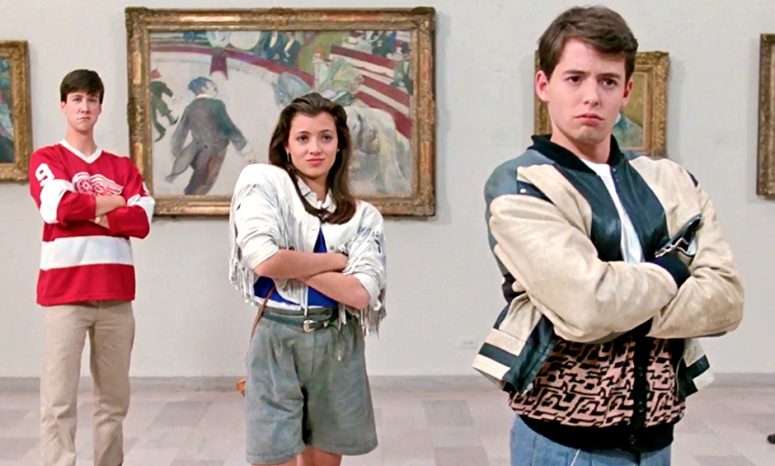
Paramount Pictures
How you interact with others has an enormous impact on your life.
According to most experts, there are four types of communication. All four are learned by observing and interacting with our families, friends, and coworkers. While it’s possible to adopt a mix of all four in different settings and relationships, many of us tend to gravitate towards one dominant style.
Problem is, 75% of those styles often complicate our wants and needs while also frustrating the wants and needs of those we live and work with. For example, passive communicators put the needs of others above themselves and rarely if ever share their own wants. Passive aggressive communicators sarcastically put the needs of others above themselves, while obscuring their own true wants. And aggressive communicators put the needs of themselves above others at all costs, while exaggerating their own wants.
But there is a better way. It’s difficult to master but it leads to a lot more honesty, respect, understanding, and freedom. It’s called assertive communication and it can do wonders for both your professional and personal life. Continue reading…
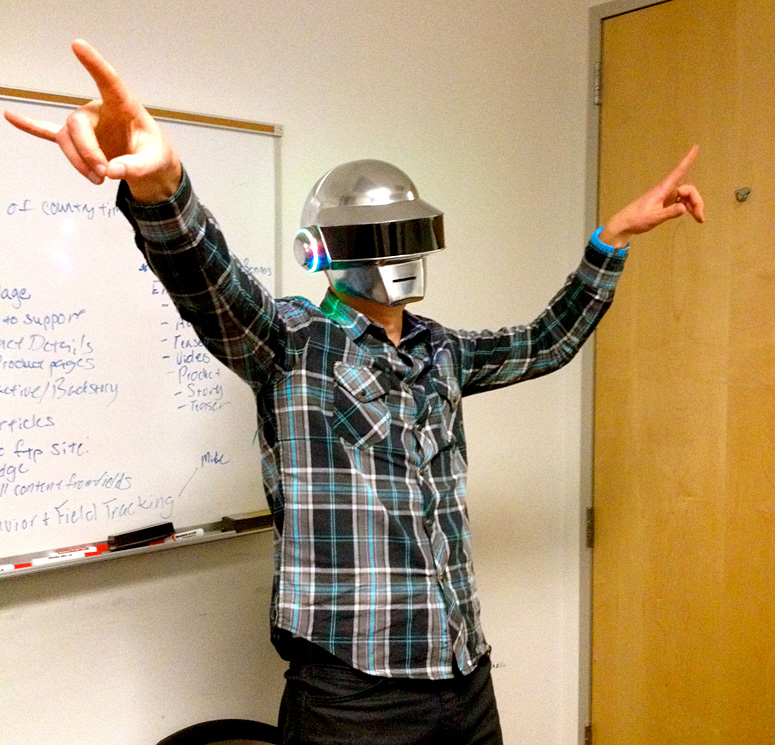
Hac Tran
While working onsite with a client last week, I met an Englishman that shared my love of music. At some point we diverged into a discussion on the merits of Daft Punk — his favorite band — and where their latest album went wrong. We both agreed that Random Access Memories was better produced than it was written; Discovery was “bloody brilliant;” and their soundtrack to Tron: Legacy was their second best work to date.
As I was about to leave, my new friend excitedly announced, “I have something to show you!” He left the room, then returned with a custom, LED-lit Thomas Bangalter mask. “May I?” said I, giddy at the prospect. “Of course,” he replied. I put it on, struck a pose, then took several snapshots for posterity’s sake before bidding him farewell.
What’s funny is this Englishman had just traveled 6,000 miles from his office in Munich for weeklong meetings with “corporate” in Los Angeles. While most people scramble for chargers and underwear the night before travel, I laughed at the thought of this kindly bloke deciding to bring his shiny keepsake along for the journey. “Ah, yes! Mustn’t forget my smashing mask.”
That’s a fan. Thanks for the memories, Daft Punk.
First published on November 6, 2013
 I forgot to hit publish on this earlier. Better late than never?
I forgot to hit publish on this earlier. Better late than never?
Pros
Cons
- I lost access to much of my village
- I got permenant tinnitus (ringing ears) while recording my album (turns out four straight months of loud headphones will do that)
- Had my income reduced by more than 50%
- I couldn’t travel as much with borders closed
In short, it was the most challenging four star year of my life. After all, first-world problems are way easier than third-world problems. I’m hoping 2021 will be at least a 4.5/5 star year and am doing everything I can to hit that mark!

Courtesy Shutterstock
The following is one of 18 lessons for my new remote work training company. You should totally ask your employer to buy it. 😉
Admitting that you’re stuck is a hard thing to do. Asking for help is even harder, especially for the more prideful souls among us, of which there is no shortage. On top of that, many of us refrain from asking for help because we think doing so is imposing on or making more unwanted work for others.
Nothing could be further from the truth. While it’s true that asking for help sometimes creates more work for others, we do not get to decide what is unwelcome work for others. Predicting or telling ourselves that is an unhelpful projection. That may be true some of the time, but research shows that humans are usually willing to help. As social creatures, it’s in our DNA and has been for tens of thousands of years.
Continue reading…
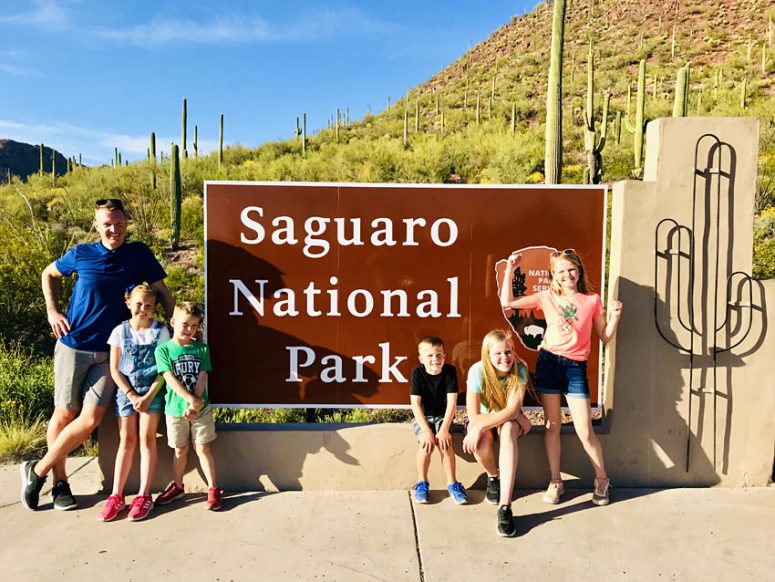
Courtesy Lindsey Snow
The United States recently designated “White Sands” as the country’s latest and 62nd National Park—the highest honor given to protected lands. But New Mexico’s newest national park isn’t the only one. Since 1994, America has recognized more than 10 new National Parks. Here’s where to find them and what their biggest draws are, according to my latest article for Lonely Planet.
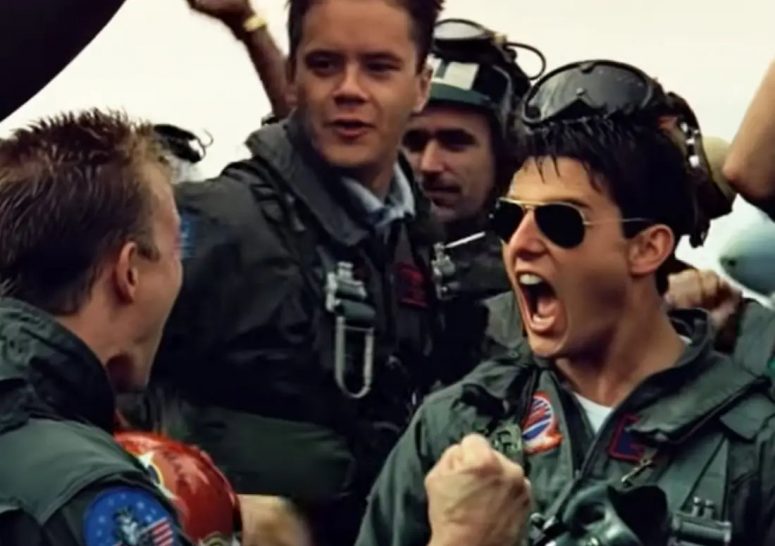
I recently re-watched Top Gun with my children. This is what we thought of it: Radical!
As I always do with movies I love, I immediately headed to Wikipedia after the screening to soak up additional context. Turns out, the movie was inspired by this incredibly written article by Ehud Yonay in California Magazine. First published in 1983, Yonay tells the story of two pilots named “Yogi” and “Possum” and how they navigate “Top Gun,” along with two excellent sidebar stories about taking a flight in an F-5 and how to fly one.
“When I climbed out of the cockpit at the end of our hourlong flight, I couldn’t even swagger,” Yonay writes. “Every muscle in my body ached, I was exhausted and slightly nauseated, and all I wanted to do was go to sleep. But they tell me the first time is the worst, and I can’t wait to get up there again.”
FUN FACT: Top Gun has since moved to Fallon, Nevada. My family visited it several years ago on a press trip and were floored by the air maneuvers (or “hops” as they used to say). Looked like something out of Inception—jets flying straight up and down at speeds I’ve never seen before!

Several years ago, my wife and I borrowed a fancy fork from a fancy hotel to finish a boxed meal while adventuring in some city I no longer remember.
I remember that fork, however. “This fork is amazing,” I exclaimed to my wife while later eating from the box. “We gotta get silverware like this!”
We never did—even though that same fork would occasionally remind me to buy something like it every time I reached for it from our kitchen drawer.
Continue reading…

IT MIGHT GET LOUD: My band Super Cover is playing an all-new 30 minute setlist at Platinum Music in Provo on Thursday, Feb. 18. Show starts at 7:30 pm. Grab a bite then rock dance your heart out. Adults only. Hope to see you there. 🤘🙏 (Watch our last concert on YouTube)
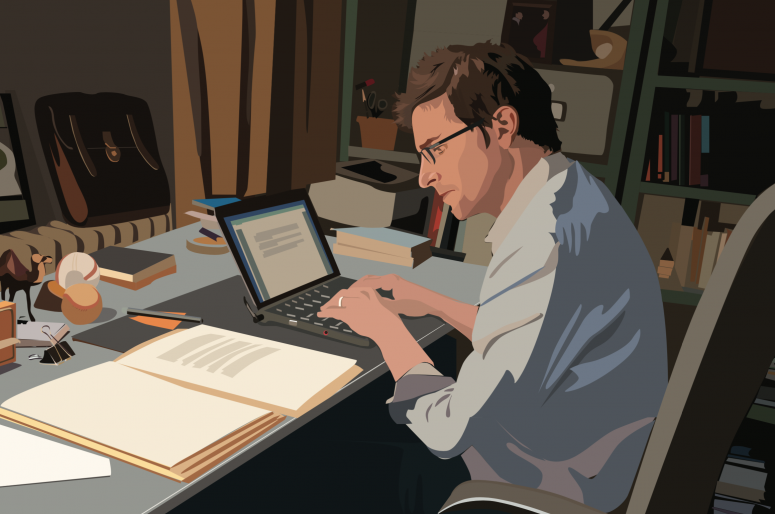
A friendly man named Michael recently asked me how to get published as a freelance writer. This is what I told him:
Most publications want pitches, not full-blown articles. This is for two reasons: 1) they care more about the idea first, and 2) they like to feel like they’re having an influence on its final form, one that’s specific to their publication.
While publications sometimes accept finished manuscripts, these are usually really big or unique or exclusive stories. I’ve only placed a few of those in my 16 year career as a writer, so I’d focus on really good pitches, and why you’re a good person to write it.
On top of that, I’d write everyday, if you’re not already. I’ve done this virtually every day through my blog, journal, and formal assignments. Since there’s no replacement for 10,000 hours of practice, that’s really the best way to improve your writing.
But doing the above only gets you half of the way. To get published, you often have to ask 100 editors if they’ll accept your pitch. Even I have to do this still. In short, placing articles is a grind. But I love the grind enough to stick with it until my article finally publishes.
TLDR; Placing articles is 50% good writing, 50% hustle (at least in my experience)

- Can technology ever fix corruption? (Rest of World) Here is a thought-provoking story about how Mexico City uses the world’s largest surveillance system to reduce petty crime while also increasing police bribes in a notoriously corrupt culture. While I disagree with the author about throwing out the bath tub for harboring dirty water (i.e. because the system doesn’t reduce high crimes), it was still an enlightening read.
- The man who turned credit-card points into a travel empire (NY Times). “If you trace the thread back on any one of these businesses, it’s always the same deal: The poor underwrite the fantasies of the middle class, who in turn underwrite the realities of the rich.”
- Shigeru Miyamoto Wants to Create a Kinder World (New Yorker). “It’s important to note that, in our household, all the video-game hardware belonged to me, and the children understood that they were borrowing these things. If they couldn’t follow the rules, then there was an understanding that I could just take the machine away from them. [Laughs.] When it was good weather outside, I would always encourage them to play outside. They played a lot of Sega games, too, by the way.”

This is a great and handy read from T. Edward Nickens: “Everyone’s watching, so don’t screw it up. Soak a roll of toilet paper in kerosene and tuck it at the base of the tepee fire. You don’t have to light it with a flaming arrow shot across the dark sky. But, then again, you could.”
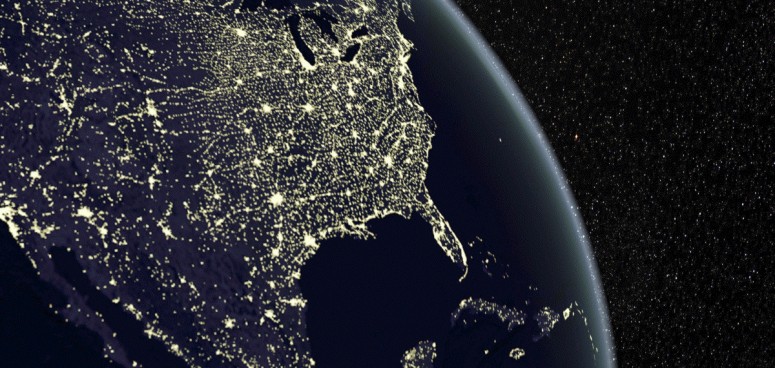
I recently finished A Short History of Nearly Everything by Bill Bryson. From a single book I’ve never learned so much and so little at the same time. I’ve also never read a more absorbing science book. Whereas I usually highlight a few passages from each book, I highlighted more than two dozen parts of this book upon completion — it covers that much ground. Continue reading…
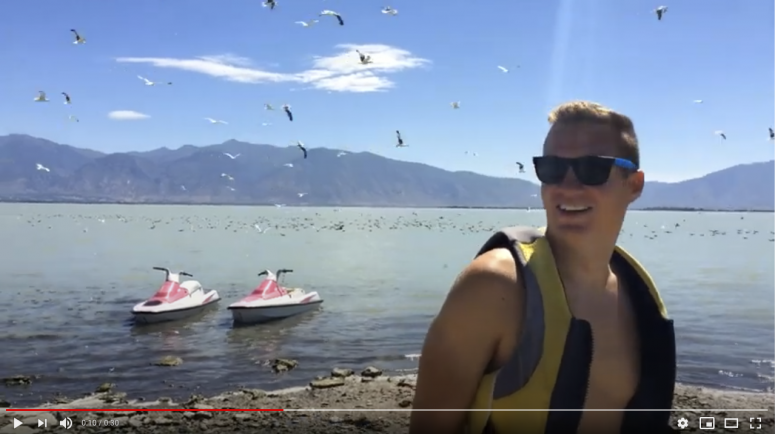
I launched a YouTube channel several years ago solely out of curiosity.
To date I’ve uploaded 38 videos, half of which are songs from my debut record.
Most of my videos have a few dozen total views, but a few surprisingly have numbered in the thousands. They are as follows:
- Underdog swing fail. This is a six second video of my youngest son kicking the camera out of my hand after attempting an underdog. It has 123,000 views!
- Newfoundland road trip. This is a three and a half minute video of my road trip through Newfoundland with my brother-in-law Clay. It has 2,000 views.
- Utah Lake: We found the elusive Bird Island by jet-ski. This is a 30 second video of my buddy Garrit and I happening upon a bird filled island several years ago. It has 376 views.
- Backpacking the Uintas: 5 men, 1 mountain, lots of fish. This is a 3 minute video of a recent backpacking trip with friends. it has 354 views.
- Super Cover performing “Lonely Boy” by Black Keys. This is a 3 minute video of my cover band playing after only a couple of practices. It has 212 views.
Thanks for watching!
















 This is a
This is a 


 In January, my wife bought this
In January, my wife bought this  Many thanks to Martin Rowe at EE World for reviewing my newest book,
Many thanks to Martin Rowe at EE World for reviewing my newest book, 

 Several years ago, Provo politicians proposed a bond bill to the community to update century-old city schools. The multi-million dollar bond widely passed because the majority of voters agreed with the included line items.
Several years ago, Provo politicians proposed a bond bill to the community to update century-old city schools. The multi-million dollar bond widely passed because the majority of voters agreed with the included line items.













 I forgot to hit publish on this earlier. Better late than never?
I forgot to hit publish on this earlier. Better late than never?








